Just one of the views from the hotel, the Taj Dubai, somewhat on the perimeter of 2015 Dubai. In another year all the empty space you see in that photo will be completely filled in with more buildings. I think I counted 9 cranes working on the rooftops of the buildings just in that view.
Let me backtrack just a little bit. The small group tour I was on (planned by my travel agent, Carol) had 16 people, including Carol and her husband (they are long time personal friends). The tour actually started in Johannesburg, but all 16 of us had to get there, and there are many ways to do that. Carol recommended I go by Air Emirates, the airline of Dubai (UAE – United Arab Emirates). It’s one of the top reviewed airlines for comfort and safety, and the price, flying business class, was reasonable, I thought. It was about $6,000. If you haven’t priced going on safari, you may be in for a surprise – it’s very pricey. Had I gone solo (without a roommate) the trip would have been over $25,000. Fortunately, I did have a roommate, Gwenda. She is good friends with others who were traveling on this trip, so it worked out well. I didn’t know her prior to this trip, but we got along very well. Having a roommate brought the price of the trip down to something in between $16,000-18,000. Even with the business class tickets.
 I suggested to Gwenda that we fly to Dubai 2 days early, just so we could do a bit of touring in Dubai. I probably won’t ever be in that part of the world again, so might as well give it a whirl. Gwenda was game, so we flew from LAX (Los Angeles) to DBX (Dubai) nonstop on an A380. Just so you know, going that direction it was about 15 1/2 hours, which I find amazing. I can’t imagine how big the fuel tanks are! And wow, what a plane. There at right is my little space – it was all mine. Storage compartments under the windows, a console on the near side with an iPad to use if I chose to. The seats were very comfortable and once airborne with the touch of a button the seat moves forward and my feet went into a well in the seat ahead of me and the seat makes into a completely flat bed. We were served wonderful meals and I managed to sleep about 6 hours, I think. I watched 3 movies (nothing memorable) and read on my Kindle quite a bit.
I suggested to Gwenda that we fly to Dubai 2 days early, just so we could do a bit of touring in Dubai. I probably won’t ever be in that part of the world again, so might as well give it a whirl. Gwenda was game, so we flew from LAX (Los Angeles) to DBX (Dubai) nonstop on an A380. Just so you know, going that direction it was about 15 1/2 hours, which I find amazing. I can’t imagine how big the fuel tanks are! And wow, what a plane. There at right is my little space – it was all mine. Storage compartments under the windows, a console on the near side with an iPad to use if I chose to. The seats were very comfortable and once airborne with the touch of a button the seat moves forward and my feet went into a well in the seat ahead of me and the seat makes into a completely flat bed. We were served wonderful meals and I managed to sleep about 6 hours, I think. I watched 3 movies (nothing memorable) and read on my Kindle quite a bit.
The Dubai airport – all I can say is WOW. It is gigantic, and opulent. Vast, high ceilings, marble and sparkle everywhere. Very clean – spotless, actually. We got through customs, immigration, passport control, etc. No visa is required to visit Dubai unless you’re staying awhile. We were met by a driver who whisked us off to our hotel. The Taj Dubai is quite new and they were offering fairly affordable room rates. If you’ve never priced hotel rooms in Dubai before, you’ll be in for a shock. Most rooms are about $800-900 a night. Carol managed to get us a deal at this new hotel, at not quite half that price (and only because the hotel is new and trying to gain tourist traction).
 So what’s Dubai like? It’s not normal to most people. It’s a city of skyscrapers, every bit of it, almost. Dubai (situated right on the ocean, the Gulf of Oman) didn’t exist 13 years ago. It was nothing but sand. In a way, Dubai is similar to Las Vegas in that it’s nothing but big buildings. But there aren’t neon lights, nothing blinking – just a vast landscape of tall buildings in mostly shades of gray (cement and glass) in varying shapes. Architects have had a field-day in Dubai, designing ever more elaborate ways to build a high-rise with jutting blocks or rounded shapes. In the photo at left, the far left building actually curves 90°; it was designed by an American architect.
So what’s Dubai like? It’s not normal to most people. It’s a city of skyscrapers, every bit of it, almost. Dubai (situated right on the ocean, the Gulf of Oman) didn’t exist 13 years ago. It was nothing but sand. In a way, Dubai is similar to Las Vegas in that it’s nothing but big buildings. But there aren’t neon lights, nothing blinking – just a vast landscape of tall buildings in mostly shades of gray (cement and glass) in varying shapes. Architects have had a field-day in Dubai, designing ever more elaborate ways to build a high-rise with jutting blocks or rounded shapes. In the photo at left, the far left building actually curves 90°; it was designed by an American architect.
We took a 4-5 hour city tour on our last day there and got to see some more of the high rise landscape, including the Palm Island, the one that was built out into the sea in the shape of a palm tree (picture at right from wikipedia). It’s quite a tourist attraction. The leaves of the palm are all residential, and access is denied unless you live there. But getting from the base to the far tip (up the trunk of the palm) is public, lined with huge sprawling hotels. Those are not high rises, except the one at the end. We visited the harbor area (the older part of the city) with boats of all shapes and sizes, lined with restaurants and hotels.
One important fact you need to know about Dubai – the drinking of alcohol is somewhat limited. If you LIVE in Dubai you’re issued a card that permits you to buy a minimum of alcohol in a month. They want no drunkards there. Hotels serve alcohol, and ALL restaurants are attached to hotels so they can serve alcohol. Dubai is a very cosmopolitan city – very upscale. Most everyone is well dressed (except Gwenda and me who were en route to safaris, so we didn’t have very nice clothes. Remember, they had to fit in the duffle. I wore my airplane outfit all 3 days we were there. I was really embarrassed, but I couldn’t do a thing about it. 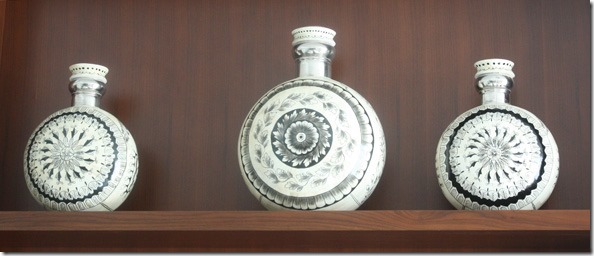
Those pretty ceramic bottles were on a high shelf in our hotel room. We saw some beautiful ceramics in our travels around Dubai. Including this 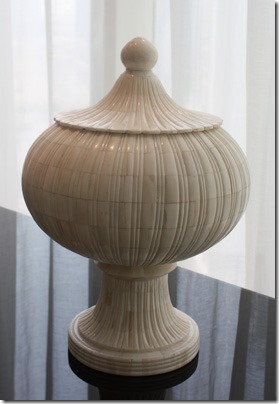 lovely piece at left, sitting on a table near the elevator on our hotel floor. I wanted to buy it and ship it home. Alas, I never saw anything like it in our shopping travels in the city.
lovely piece at left, sitting on a table near the elevator on our hotel floor. I wanted to buy it and ship it home. Alas, I never saw anything like it in our shopping travels in the city.
At right was a very pretty, traditional kind of wing chair, but it had a lovely purple and gold back cushion. Quite elegant looking I thought. Behind it is the hotel lobby. We ate breakfast and dinner in the hotel. Lunches we had out – both times a restaurant in the Dubai Mall.
You may not have heard about the Dubai Mall – oh my gosh – it’s gigantic. I don’t know if it’s larger than the Mall of America, but it was 4 stories high and about the size of 2-3 city blocks. It houses an aquarium, a 4-story waterfall (pictures below right), an ice rink (only one person was skating when we walked by), a big movie theater, and one entire area with nothing but children’s stores. Probably about 40-50 children’s clothing stores mostly, maybe a couple of toy stores. Lots of mothers with their children – mothers wearing an abaya, children colorfully dressed. One day we had a Subway sandwich. You’d be surprised how many American restaurants exist in Dubai. They’re everywhere. The other day, believe it or not, we wanted to have a carbonated beverage with our lunch, and many restaurants don’t serve them (no, I don’t know why) and finally we found Coke Light at the Rainforest Café. 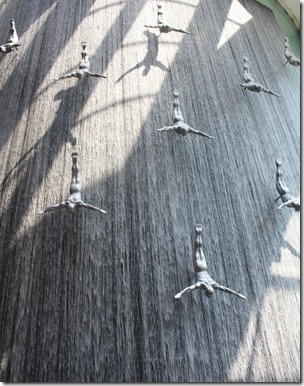 NOT where I wanted to eat, for sure. But it was convenient. There is lots of beef in the Middle East (no pork in Dubai, obviously), and ample vegetarian selections too.
NOT where I wanted to eat, for sure. But it was convenient. There is lots of beef in the Middle East (no pork in Dubai, obviously), and ample vegetarian selections too.
No expense is spared in Dubai. Everything we saw was quite elegantly outfitted. Lots of luscious velvet, marble, polished brass, silver, pewter, tile. And the waterfall there at right is many stories high with the sculpted divers looking like they are headed for the pool at the bottom. Nearby there is a huge Bellagio-style synchronized water fountain. Shows are offered at 1 and 1:30 in the afternoon, then every half hour in the evenings. To see it you must go outside. With the temps over 100, I opted not to watch it. We visited a Starbucks so my roomie could buy a Starbucks’ Dubai coffee mug for her son. There were many famous label designer stores there as well. And a Pottery Barn. Really!
One evening we had pub food in the honest-to-goodness British pub in the hotel. I certainly wasn’t expecting fish and chips in Dubai. There is definitely a British influence there, though.
Note the Arabic signs. Fortunate for me much of their signage is in English and in Arabic.
There was a Mario Batali Eataly store in the Dubai Mall. We walked through it – didn’t find anything we wanted – but we couldn’t buy anything as it had to go into that tiny duffle bag anyway.
No question, there is a lot of money in the Middle East. Dubai has oil money, and Saudi Arabia is just a hop skip and a jump on the freeway. The Saudis come to Dubai often, and I would guess they spend well. 
See photo at right – a store for abayas. They were having a sale. I didn’t see anyone in the  store. Many of the women wear only black with an almost full veil. Others were dressed with color (as in the mannequin in the middle). Our guide on our city tour filled us in on a lot of the dress customs. Many of the men were dressed in kundara (as the man at left was busy on his cell phone in front of the fountain). We learned about studying the male head dress (you can tell where they’re from) and the shoes (men from Saudi wear black dress shoes – the Dubai men wear sandals). Cell phone use is every bit as prevalent there as it is anywhere. When we sat at the Rainforest Café a family of Chinese sat next to us. They were speaking their native language, and as soon as they ordered, all 6 people in the group began using their cell phones and didn’t talk to one another. Such a sad state of affairs!
store. Many of the women wear only black with an almost full veil. Others were dressed with color (as in the mannequin in the middle). Our guide on our city tour filled us in on a lot of the dress customs. Many of the men were dressed in kundara (as the man at left was busy on his cell phone in front of the fountain). We learned about studying the male head dress (you can tell where they’re from) and the shoes (men from Saudi wear black dress shoes – the Dubai men wear sandals). Cell phone use is every bit as prevalent there as it is anywhere. When we sat at the Rainforest Café a family of Chinese sat next to us. They were speaking their native language, and as soon as they ordered, all 6 people in the group began using their cell phones and didn’t talk to one another. Such a sad state of affairs!
We went up in the extremely tall spire, a focal point in Dubai – the Burj Khalifa. We zipped up the 120+ floors in 50 seconds and walked all around taking pictures of the view. At one time the building was the tallest in the world, but some other city has taken over the honors now. It was pretty amazing.
In the photo at right the bottom left is the Dubai Mall. The building next to it is one of the very popular hotels, and at the bottom is the water fountain.
At left is the famous Burj Al Arab – also a hotel – one of the earlier ones built in Dubai. Each suite in the hotel is 2 of the floors you see there. I don’t remember for sure, but I think the guide told us that the hotel rented that 2-floor suite for about $40,000 a night. I cannot imagine . . .
Dubai is a top get-away destination for people from India and other parts of the Middle East. There are people there of every nationality, and dress is as varied as you can imagine. We did see a few women in scantily clad short-shorts, but not many.
What I didn’t mention to you is that almost all of our time was spent indoors. We did our level best to STAY indoors as much as possible because it was insufferably hot and humid (100° and 100% humidity). I can’t imagine living there, yet lots of people are in love with the place. There are virtually no sidewalks – almost no one walks anywhere – you take taxis. Our hotel was close to the Dubai Mall, but there was no way to get to there, so we took a hotel shuttle, and a taxi to return. The little bit of time we spent outside was awful – we were drenched in sweat in minutes.
But, we did it. We saw it. I can now say I’ve been there, done that. No real wish to return.






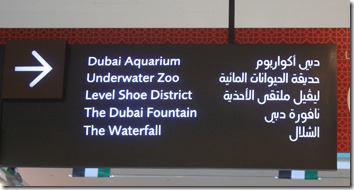



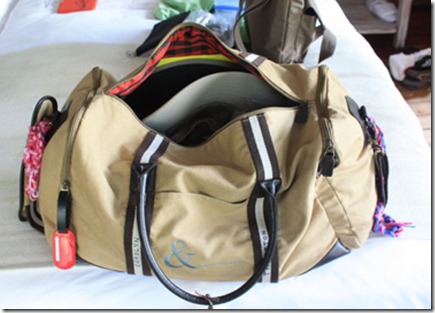
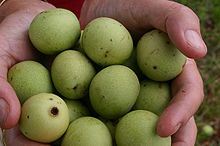 Am not sure but I may have bought too much, but the guy smiled at me and winked and let me go through. THANK YOU, kind sir!
Am not sure but I may have bought too much, but the guy smiled at me and winked and let me go through. THANK YOU, kind sir!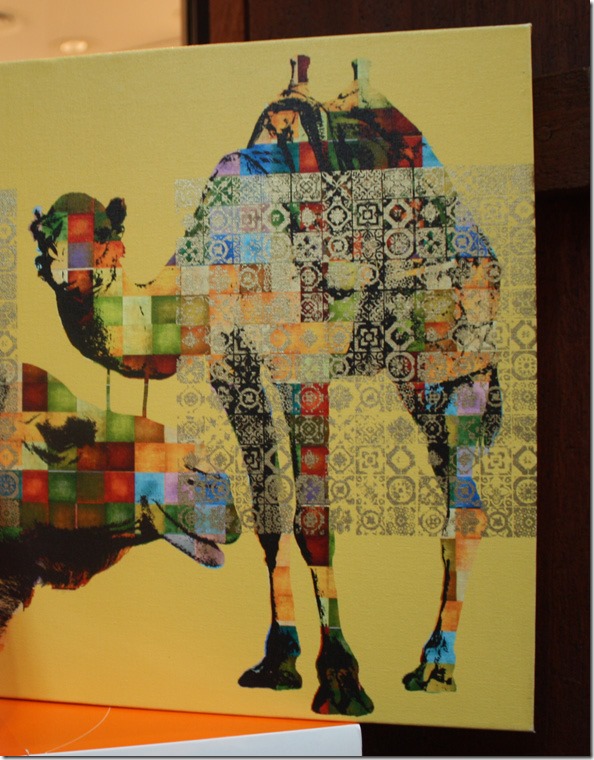
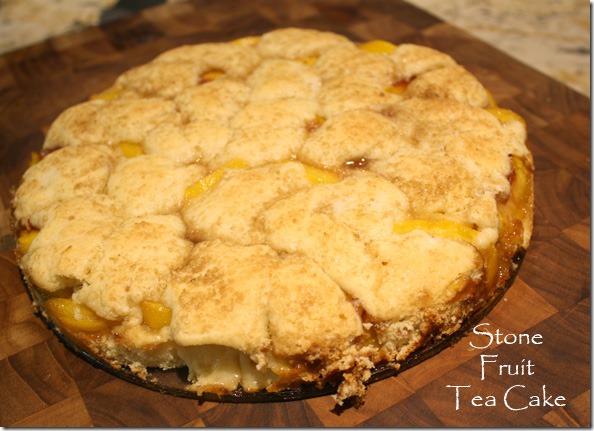

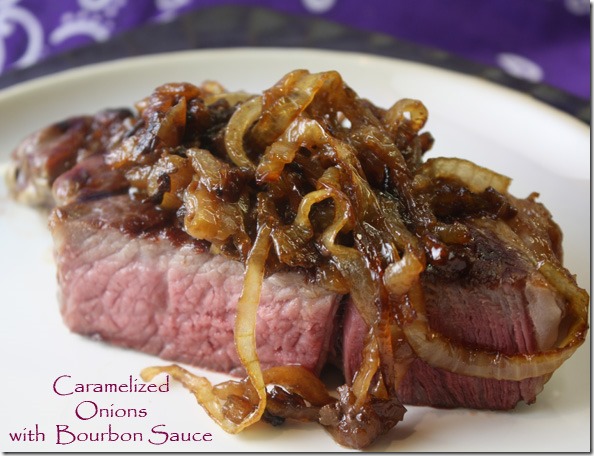

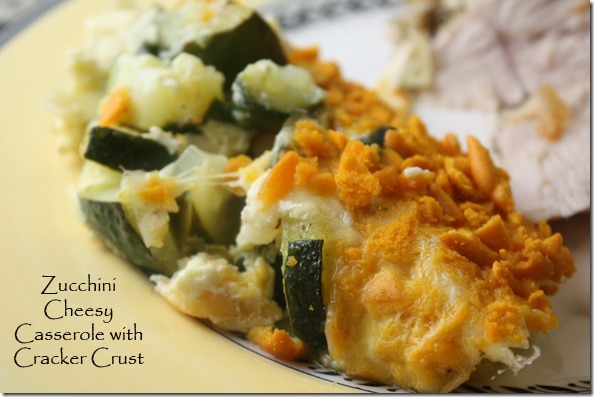
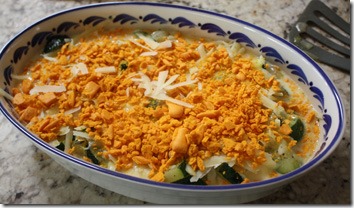
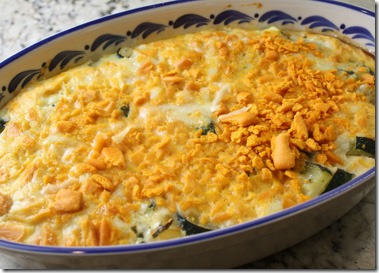
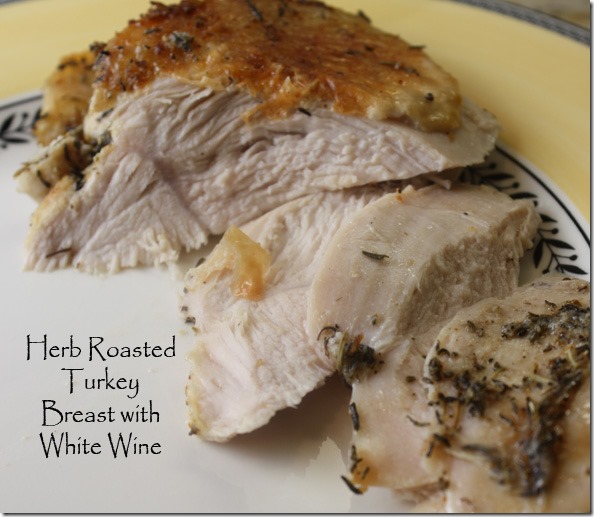
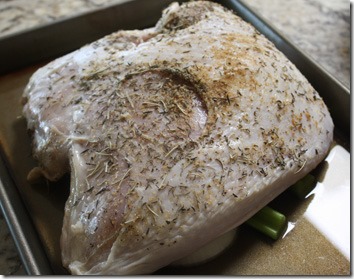
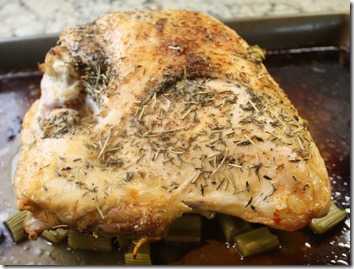
Leave a Comment!